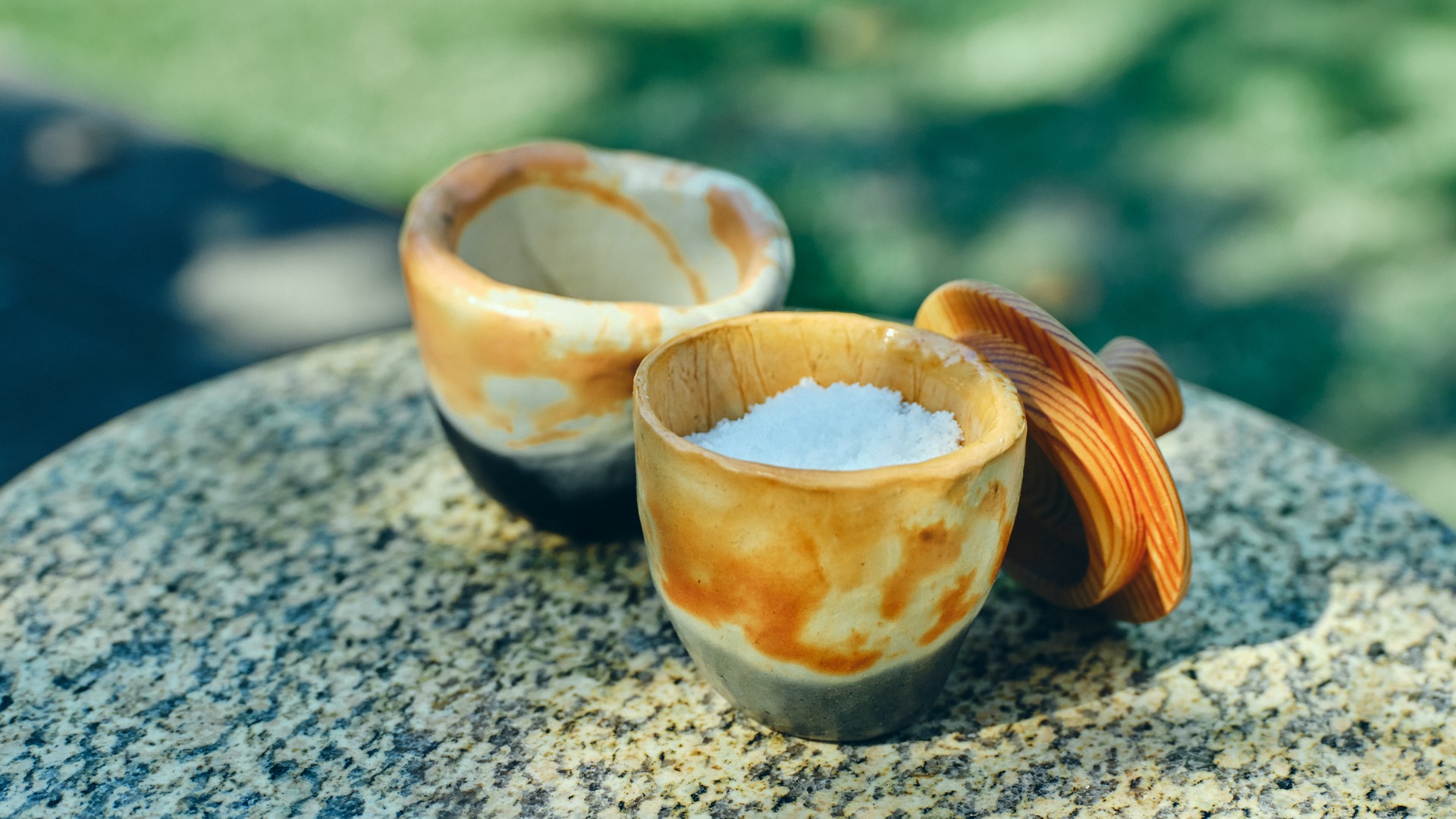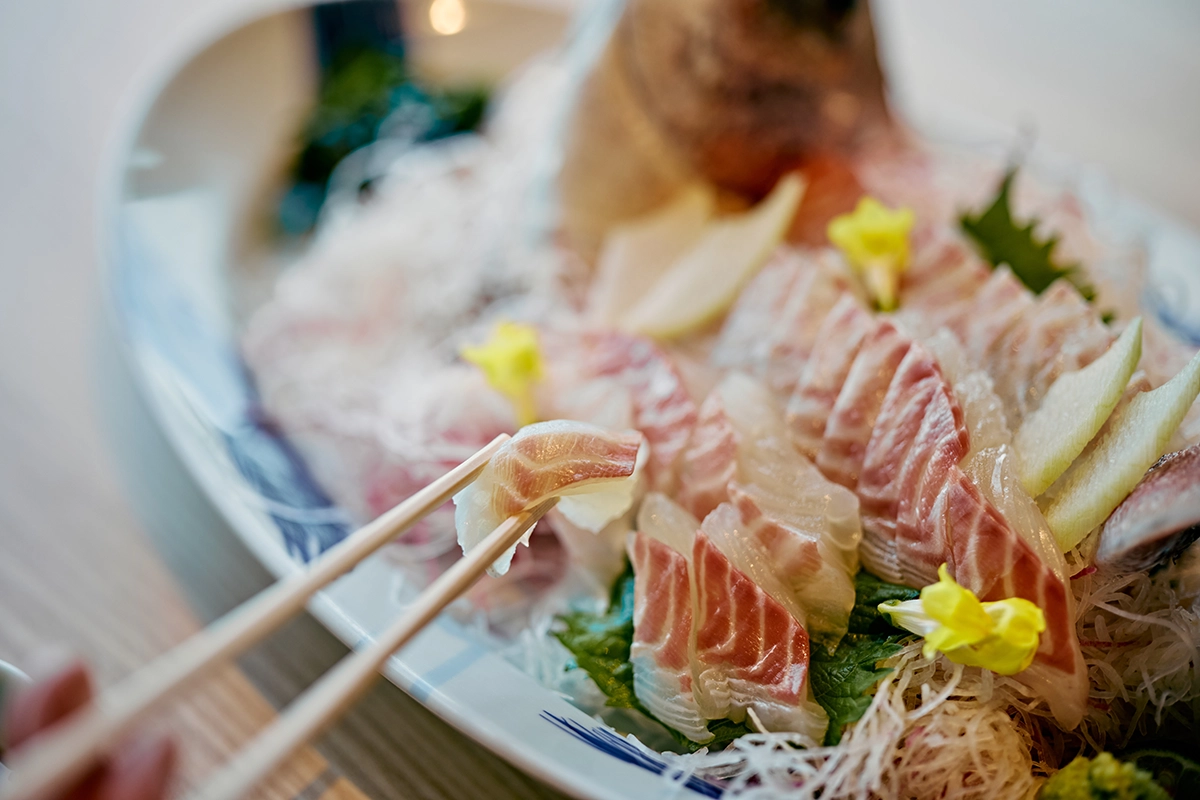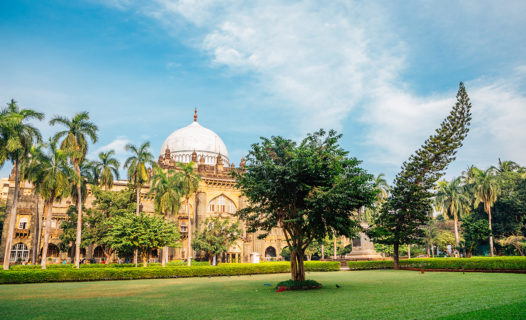Introduction
Welcome to Bali, a culinary paradise where every street corner offers a tantalizing taste of authentic Balinese dishes! Known for its vibrant food scene, Bali is a haven for food lovers, especially during its lively street food festivals. These festivals are the perfect opportunity to indulge in local flavors and immerse yourself in the island’s rich culinary culture. From savory satays to aromatic curries, Bali’s street food is a delightful journey that reflects its traditions and the warmth of its people. Whether you’re a seasoned foodie or a curious traveler, the street food festivals in Bali are a must-visit for anyone eager to experience the essence of Balinese food.
Discovering Bali’s Culinary Culture: A Foodie’s Paradise
As you wander through Bali, you’ll quickly notice that food is more than just sustenance; it’s an integral part of the island’s culture. The rich tapestry of Balinese cuisine is woven from a variety of traditional dishes, each bursting with flavor and history. Local ingredients such as fresh herbs, spices, and seasonal produce play a crucial role in creating the vibrant and diverse flavors that define Balinese food.
Key Ingredients in Balinese Cuisine
At the heart of traditional Balinese cuisine are ingredients that not only add flavor but also tell a story. You’ll encounter aromatic spices like turmeric, ginger, and lemongrass, which are often used in dishes like nasi campur and lawar. Fresh vegetables and fruits, such as jackfruit and coconut, are staples, while seafood and meats are prepared with care and creativity. These ingredients are not just food; they are a reflection of Bali’s agricultural heritage and the island’s connection to nature.
Traditional Balinese Cooking Techniques
When it comes to cooking, Balinese chefs employ techniques that have been passed down through generations. From the slow roasting of babi guling (suckling pig) to the meticulous preparation of spice pastes, each method enhances the flavors and textures of the dishes. Cooking is often seen as a communal activity, with families gathering to prepare meals for special occasions, showcasing the importance of food in social and cultural rituals.
Meals in Bali are often accompanied by ceremonies and rituals, underscoring the cultural significance of food. Whether it’s a family gathering or a religious ceremony, the preparation and sharing of food is a way to honor traditions and strengthen bonds. So, as you explore Bali’s culinary delights, remember that every bite is steeped in history and culture, making your dining experience all the more meaningful.
Unforgettable Bali Food Festivals: Dates and Highlights
Ready to dive into the exciting world of Bali’s food festivals? These events celebrate the island’s culinary heritage and are the perfect way to sample a variety of dishes in one place. Here’s a sneak peek at some of the most popular food festivals you won’t want to miss!
Ubud Food Festival: What to Expect
One of the highlights of Bali’s culinary calendar is the Ubud Food Festival, which typically takes place in April. This three-day event brings together renowned chefs, food enthusiasts, and local vendors for a feast of flavors. Expect cooking demonstrations, food tastings, and workshops that showcase the best of Balinese and Indonesian cuisine. Notable vendors from across the island gather to share their culinary creations, so come hungry!
Sanur Village Festival: A Culinary Celebration
Another gem on the festival circuit is the Sanur Village Festival, held in August. This event is a true celebration of local culture and cuisine, featuring a variety of food stalls offering everything from traditional dishes to modern twists on Balinese favorites. Enjoy live music, cultural performances, and interactive cooking classes that give you a taste of the island’s vibrant food scene.
Bali Vegan Festival: Plant-Based Delights
For those seeking plant-based options, the Bali Vegan Festival is a must-visit. Usually held in September, this festival celebrates veganism with a focus on health, sustainability, and delicious food. Sample innovative vegan dishes from local and international chefs, attend workshops, and participate in discussions about healthy living. It’s a fantastic opportunity to explore Bali’s culinary diversity while embracing a plant-based lifestyle.
Mark your calendars for these exciting events, as they offer a unique chance to savor the best of Balinese food in a festive atmosphere. Whether you’re indulging in street food or fine dining, Bali’s food festivals promise an unforgettable experience!
Street Food in Bali: A Taste of Authenticity
Get ready to tantalize your taste buds as we explore Bali’s vibrant street food scene! Here, every bite tells a story, and every stall offers a unique flavor experience. Street food in Bali is not just a meal; it’s a cultural affair that brings locals and visitors together. From the sizzling sounds of meats grilling over open flames to the aromatic scents wafting through the air, the street food markets are bursting with life and energy.
Most Popular Balinese Street Food Dishes
Let’s talk about the must-try dishes that you absolutely cannot miss while roaming Bali’s streets:
- Satay Lilit: A twist on traditional satay, this dish features minced meat mixed with grated coconut, spices, and herbs, wrapped around lemongrass sticks and grilled to perfection. The flavors are simply divine!
- Nasi Goreng: This iconic Indonesian fried rice is a staple that you’ll find everywhere. Made with fragrant rice, vegetables, and your choice of meat or seafood, it’s often topped with a fried egg for that extra touch.
- Bakso: A beloved meatball soup, Bakso is a comforting dish made from beef or chicken meatballs served in a savory broth with noodles and greens. Perfect for a quick and hearty meal!
- Jaje Bali: Don’t forget dessert! These traditional Balinese snacks, made from rice flour and coconut, come in various colors and flavors, making them a delightful treat to finish off your street food adventure.
Best Street Food Markets in Bali
Now that you know what to eat, let’s find out where to eat it! Here are some of the best street food markets to explore:
- Seminyak Night Market: This lively market comes alive after sunset, offering a range of delicious street food options. Grab a plate of Nasi Campur and enjoy the vibrant atmosphere!
- Kuta Beach Night Market: Located near the famous Kuta Beach, this market is perfect for enjoying local delicacies while soaking in the beach vibes. Try the grilled seafood – it’s a local favorite!
- Ubud Night Market: A must-visit for food lovers, the Ubud Night Market boasts a variety of food stalls offering everything from savory dishes to sweet treats. Don’t forget to try the crispy fried tofu!
Night Markets: A Culinary Experience After Dark
Bali’s night markets are a feast for the senses. Picture this: the sun sets, the lights flicker on, and the air fills with the aroma of grilling meats and sizzling spices. These markets are not just about food; they’re about the experience. Engage with local vendors, learn about the dishes, and enjoy live music as you savor your meals. The atmosphere is electric, making it a perfect evening outing!
Culinary Deep Dive: Savoring Traditional Balinese Dishes
Now that you’ve sampled some street food, let’s dive deeper into the heart of Balinese cuisine. Here are some iconic dishes that showcase the rich flavors and culinary traditions of the island:
Babi Guling: The Roast Suckling Pig
Babi Guling is perhaps one of Bali’s most famous dishes. This succulent roast suckling pig is marinated with a blend of spices like turmeric, coriander, and lemongrass, then slow-roasted until the skin is crispy and the meat is tender. Traditionally served during ceremonies and special occasions, it’s a must-try for any food lover visiting Bali!
Nasi Campur: A Flavorful Mixed Rice Dish
Nasi Campur, meaning “mixed rice,” is a delightful dish that features a scoop of steamed rice accompanied by a variety of side dishes, including meats, vegetables, and sambal (spicy sauce). Each serving is unique, reflecting the cook’s personal touch and the region’s culinary influences.
Lawar: A Traditional Salad with a Twist
This traditional Balinese salad is a mix of vegetables, coconut, minced meat, and spices. It’s often served as a side dish and can vary from sweet to spicy, depending on the ingredients used. Lawar is not just a salad; it’s a celebration of flavors and textures that embodies Balinese culinary artistry.
Experiencing Bali’s Food Markets: A Local’s Guide
To truly appreciate Balinese food, a visit to the local markets is essential. These markets are the lifeblood of the culinary scene, offering fresh produce, spices, and street food. Here’s a guide to some of the best food markets:
Pasar Badung: The Heart of Local Ingredients
Pasar Badung is Bali’s largest traditional market, where you can find everything from fresh fruits and vegetables to spices and traditional snacks. It’s a great place to immerse yourself in the local culture and pick up some ingredients to take home!
Gianyar Night Market: A Feast for the Senses
The Gianyar Night Market is a food lover’s paradise! With a plethora of stalls offering a variety of dishes, you can spend hours sampling everything from grilled meats to sweet desserts. It’s an excellent spot to mingle with locals and experience the true essence of Balinese cuisine.
Sindhu Night Market: A Culinary Adventure
Located in Sanur, the Sindhu Night Market is famous for its seafood and traditional dishes. The lively atmosphere, combined with the delicious food options, makes it a favorite among locals and tourists alike. Don’t miss out on the fresh grilled fish!
Day-by-Day Itinerary for Food Lovers in Bali
If you’re ready to indulge in Bali’s culinary delights, here’s a suggested itinerary to make the most of your food adventure:
Day 1: Arrival and Street Food Exploration
Start your Bali adventure by exploring the vibrant street food scene. Head to Seminyak Night Market to enjoy a variety of dishes. Try some Satay Lilit and finish off with Jaje Bali for dessert. Don’t forget to take plenty of photos!
Day 2: Food Festival Highlights
Check the calendar for any food festivals happening during your stay. If you’re in Bali during the Ubud Food Festival, spend the day sampling different dishes, attending cooking demonstrations, and meeting local chefs. It’s a fantastic way to learn more about Balinese cuisine!
Day 3: Cooking Class and Market Visits
Take a Balinese cooking class to learn how to prepare traditional dishes. Afterward, visit Pasar Badung to shop for fresh ingredients. You’ll leave with not only new recipes but also a deeper appreciation for Balinese food culture.
Fun Facts About Balinese Cuisine: Did You Know?
Let’s sprinkle in some fun facts to impress your friends back home!
- Many Balinese dishes are prepared with a special spice paste called bumbu, which is made from a blend of fresh herbs and spices.
- Balinese food often features ceremonial elements, with dishes prepared for religious offerings as well as for dining.
- Rice is considered sacred in Balinese culture, symbolizing life and fertility. It’s often used in rituals and ceremonies.
Practical Travel Tips for Food Enthusiasts
Before you set off on your culinary journey, here are some practical tips to keep in mind:
Food Safety Guidelines for Street Food
While street food is delicious, it’s essential to choose vendors that look clean and busy, as a high turnover means fresher food. Always drink bottled water and wash your hands before eating to avoid any stomach issues.
Best Times to Visit Food Festivals
Food festivals in Bali are typically held during the dry season, from April to September. Check local listings to find out the exact dates and plan your trip accordingly!
How to Choose the Right Food Stall
Look for stalls with a long line of locals; this is usually a good sign of quality and taste. Don’t hesitate to ask vendors about their dishes, as they love to share their culinary stories!
Sustainability in Bali’s Culinary Scene: Eating Mindfully
As you enjoy Bali’s culinary delights, consider the impact of your food choices. Sustainable dining practices are gaining popularity on the island, and you can contribute by supporting local farmers and artisans.
Supporting Local Farmers and Artisans
Choose to eat at restaurants that source their ingredients locally. This not only supports the community but also ensures that your meals are fresh and flavorful!
Eco-Friendly Dining Options
Look for eateries that prioritize sustainability, such as those that use biodegradable packaging or minimize food waste. Eating mindfully makes your culinary adventure even more rewarding!
Transportation Tips: Getting Around Bali’s Food Scene
To fully enjoy Bali’s culinary offerings, knowing how to get around is key. Here are some tips:
Best Ways to Travel Between Food Markets
Renting a scooter is a popular option for exploring Bali. It allows you to visit multiple markets and food stalls at your own pace. Alternatively, consider using ride-hailing apps for a hassle-free experience.
Local Transport Options for Food Festivals
Many food festivals are located in popular tourist areas, making them accessible by foot or a short ride. Look for shuttle services that may be offered during larger events for added convenience.
Seasonal Travel Insights: Best Times for Food Festivals
The best time to experience Bali’s food festivals is during the dry season, from April to September. This is when the most popular events, like the Ubud Food Festival, take place. Each season brings different local produce, so be sure to try seasonal dishes for the freshest flavors!
Commonly Asked Questions (FAQs) About Bali’s Culinary Scene
Here are some answers to frequently asked questions about Bali’s food scene:
What are the must-try street foods in Bali?
Don’t miss Satay Lilit, Nasi Goreng, and Bakso! Each offers a unique taste of Balinese cuisine.
Is street food safe to eat in Bali?
Yes, but always choose busy stalls with high turnover, and make sure to wash your hands before eating!
When do food festivals usually happen in Bali?
Most food festivals take place during the dry season, particularly from April to September. Check local listings for specific dates.





















